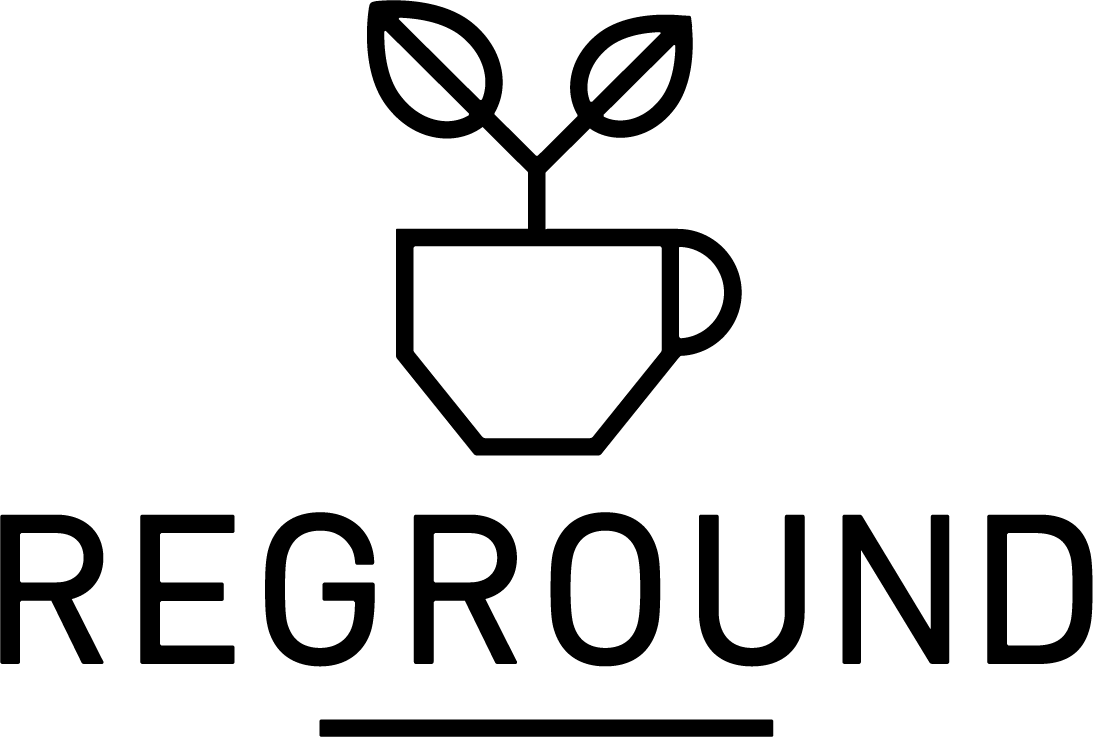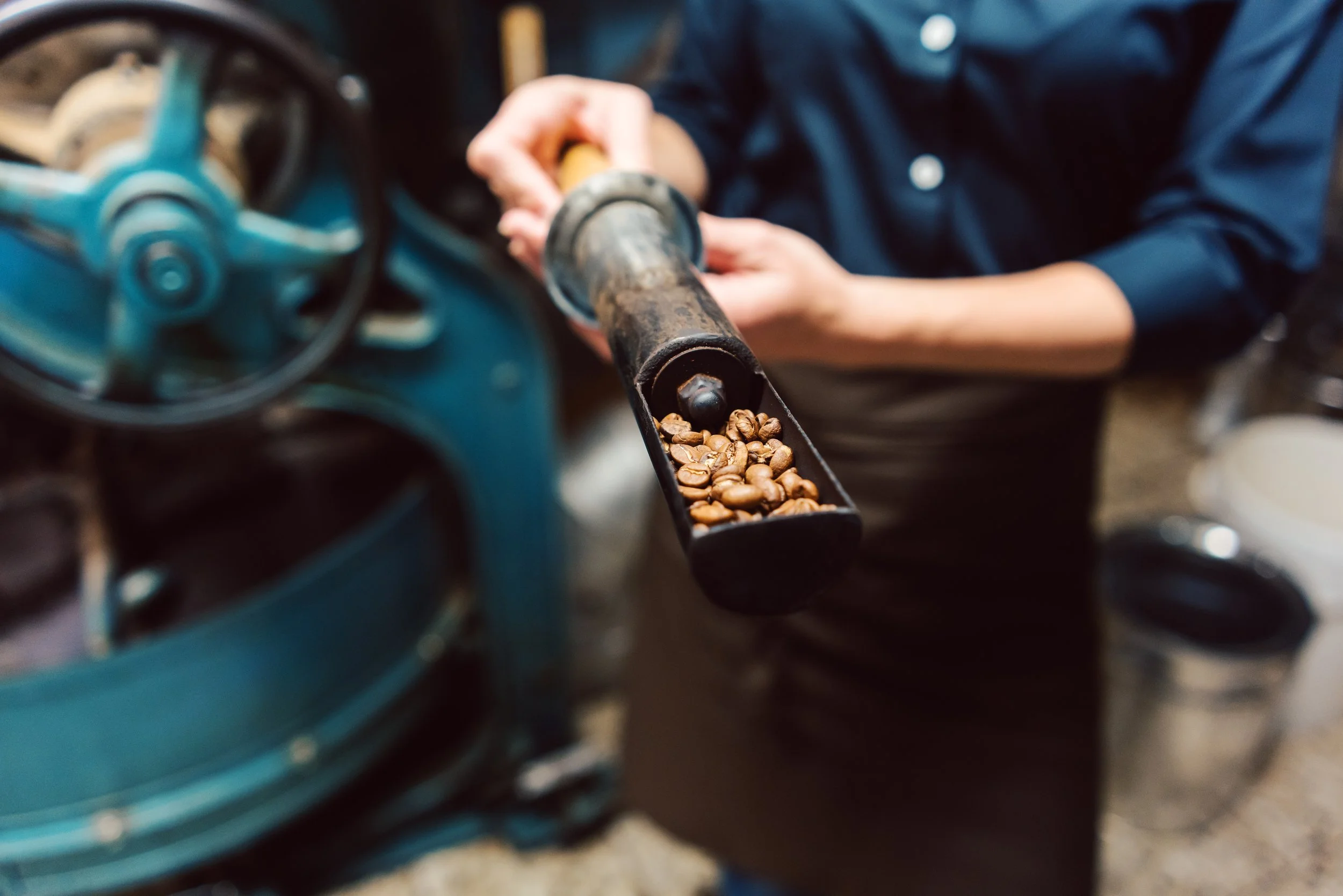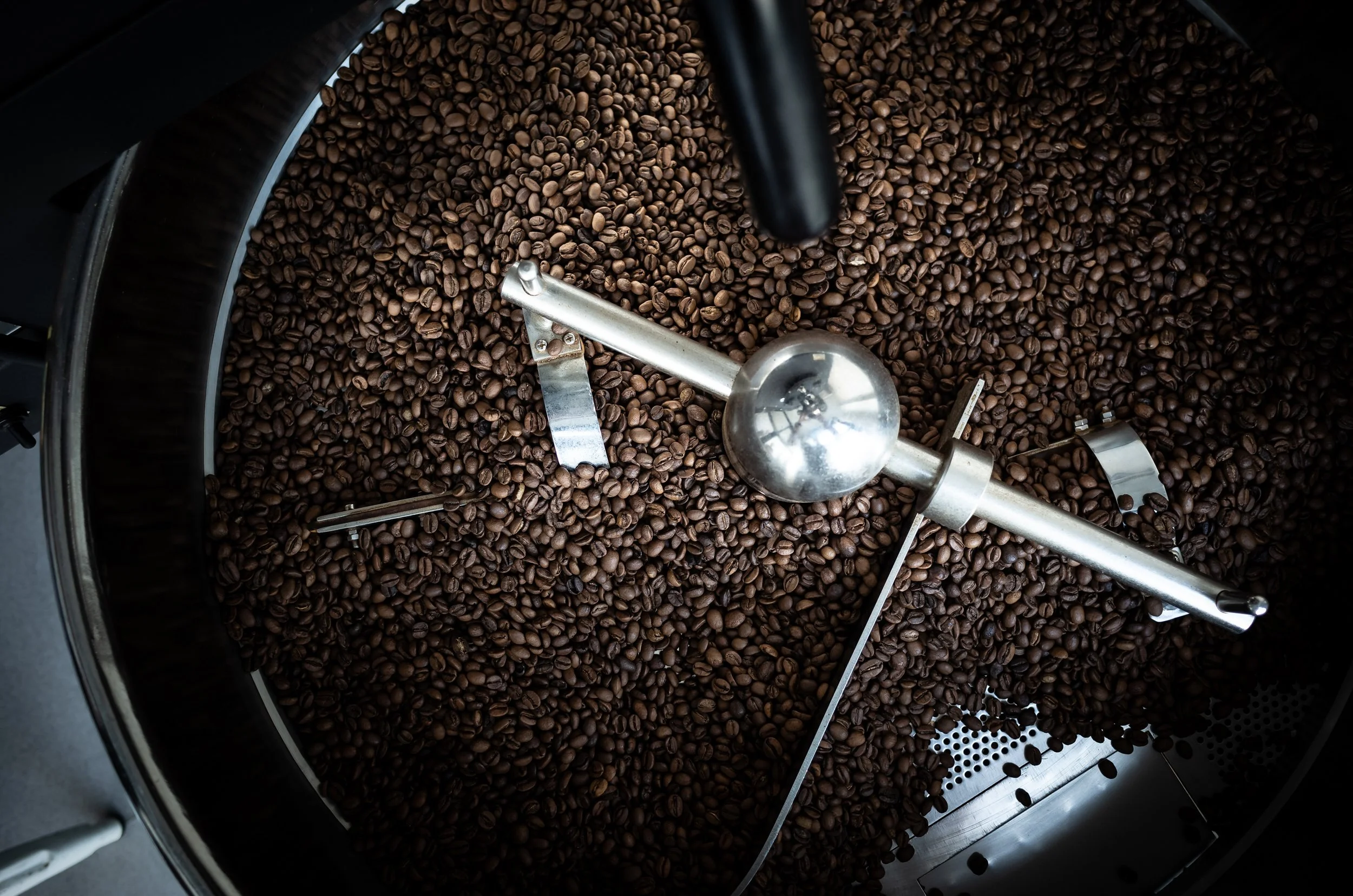Coffee and sustainability: how roasters can lead the way in circular coffee
The coffee industry is at a crossroads. As consumers become increasingly conscious about their environmental impact, sustainable coffee has moved from a nice-to-have to an essential business consideration. For roasters especially, this presents a challenge and an unprecedented opportunity to lead meaningful change in the industry.
Australia's coffee culture is thriving, but behind every perfect cup lies a complex supply chain with significant environmental implications. From water usage and energy consumption to packaging waste and spent coffee grounds, the environmental footprint of coffee extends far beyond what most consumers see. The good news? Roasters are uniquely positioned to transform this impact through innovative approaches to circular coffee practices.
If you're a roaster looking to align your business with your environmental values while meeting growing consumer demand for sustainable practices, this guide will show you how to make coffee and sustainability central to your operations.
What is the crucial link between coffee and sustainability?
To understand the link between sustainability and coffee we have to look at these key factors:
1- Consumers asking for sustainability
Consumer expectations have shifted dramatically in recent years. Today's coffee drinkers don't just want great taste, they want to know their purchase supports ethical sourcing and environmental responsibility. This rising demand for sustainable coffee companies has created a competitive advantage for businesses that can authentically demonstrate their environmental commitment.
2- Introduction of circular coffee
Circular coffee represents a revolutionary approach to this challenge. Unlike traditional linear models where coffee moves from farm to cup to landfill, circular coffee creates closed-loop systems where waste becomes a resource. This concept transforms how we think about every aspect of coffee production, from sourcing decisions to what happens to spent grounds after brewing.
3- Roasteries leading the change
Roasters occupy a unique position in the coffee supply chain. You're close enough to production to influence sourcing decisions, yet connected directly to consumers who increasingly value sustainability. This positioning makes roasters natural leaders in driving sustainability in coffee industry practices. You have the power to influence both suppliers and customers while building a business model that genuinely serves environmental and community interests.
The shift toward sustainability isn't just about doing good, it's about building resilient businesses that can thrive in a changing world. Climate change poses real risks to coffee growing regions, making sustainable practices essential for long-term supply security. Forward-thinking roasters are already adapting their operations to address these challenges while capturing the commercial benefits of environmental leadership.
How can roasters make an impact with coffee and sustainability?
Understanding where coffee and sustainability intersect in your operations is the first step toward meaningful change. The environmental impact of coffee roasting extends across multiple areas, each offering opportunities for improvement. Here is how we can reduce the environmental footprint.
1- By adapting green bean procurement
Green bean procurement represents an opportunity to influence upstream sustainability. Working with farms that prioritise soil health, water conservation, and biodiversity protection doesn't just support better environmental outcomes, it often results in higher quality beans. Many sustainable coffee roasters find that their commitment to environmental practices enhances their product quality and brand storytelling.
2- By waste minimisation during roasting
Waste minimisation during roasting offers immediate opportunities for improvement. Every aspect of your roasting process generates waste, from chaff and defective beans to packaging materials. Implementing comprehensive waste tracking helps identify reduction opportunities while providing data to support your sustainability communications.
3- By reducing energy and emissions from production
Energy efficiency deserves particular attention given the energy-intensive nature of roasting. Modern roasting equipment often includes energy recovery systems that can significantly reduce your environmental footprint. While equipment upgrades require investment, they typically deliver both environmental benefits and operational cost savings over time.
4- By being eco-conscious first
Meeting eco-conscious consumer expectations requires transparency about your practices. Today's consumers are sophisticated, they can distinguish between genuine commitment and superficial marketing. Authentic sustainability practices create stories worth sharing, while half-measures risk damaging your credibility with increasingly savvy consumers.
How to turn coffee waste into value products?
Australian coffee roasters and cafes generate approximately 75,000 tonnes of coffee waste annually. A staggering figure that represents both a significant environmental challenge and an untapped opportunity. Understanding how to transform this waste into value is central to implementing successful circular coffee practices.
1- Diverting waste from landfill
Spent coffee grounds represent the largest volume of coffee waste, but they're far from worthless. Rich in nitrogen and organic matter, coffee grounds make excellent compost when properly managed. However, when sent to landfill, these same grounds contribute to methane emissions and represent a missed opportunity for soil improvement.
2- Using as compost
Chaff and defective beans from your roasting process can similarly be redirected from waste streams into valuable resources. Chaff makes excellent compost material, while defective beans can often be processed into alternative products rather than discarded. You can use coffee grounds in the garden as compost that is free from pesticides.
Services like Reground specialise in helping roasters transform waste streams into community resources. By partnering with organisations that understand both coffee waste characteristics and community needs, roasters can ensure their waste supports local gardens, composting initiatives, and other community projects. This approach transforms waste disposal into a community benefit while supporting your sustainability communications.
Ways to build circular brand packaging, partnerships, and storytelling
Successfully integrating coffee and sustainability into your brand requires more than good intentions, it demands strategic thinking about packaging, partnerships, and communication.
1- Choosing environmentally friendly packaging
Sustainable packaging represents a challenge and an opportunity for roasters. Consumers expect packaging that preserves coffee quality while minimising environmental impact. Compostable bags, recyclable materials, and reusable packaging options each offer different benefits and trade-offs.
Many sustainable coffee roasters find that packaging decisions become powerful brand differentiators when properly communicated. Consumers appreciate transparency about packaging choices and the reasoning behind them. This creates opportunities for meaningful engagement around your environmental values.
2- Partnering with sustainability-focused organisations
Strategic partnerships amplify your sustainability impact while strengthening your brand story. Partnering with organisations like Reground doesn't just improve your waste diversion, it connects your business to broader community and environmental initiatives. These partnerships provide authentic stories that resonate with environmentally conscious consumers.
3- Effective storytelling
Effective storytelling transforms your sustainability practices into compelling brand narratives. Consumers want to understand not just what you're doing, but why it matters and how they can participate. Sustainable cafe customers particularly appreciate brands that invite them into the sustainability journey rather than simply promoting achievements.
Focus on specific and measurable impacts rather than general environmental claims. Sharing concrete data about waste diversion, energy reduction, or community benefits creates credible stories that build trust with skeptical consumers. This approach works particularly well for coffee shop sustainability communications where customers can directly observe your practices.
Final thoughts
The statistics are compelling: Australia generates around 75,000 tonnes of ground coffee waste every year, representing both a massive environmental challenge and an unprecedented opportunity for innovative roasters. While consumers increasingly value ethical sourcing and quality, the next frontier lies in what happens after the cup, and roasters are perfectly positioned to lead this transformation.
Integrating sustainability practices into your roastery operations isn't just about meeting current consumer expectations, it's about positioning your business for long-term success in an industry increasingly focused on environmental and social impact. The roasters making these investments now are building the foundations for sustainable growth while contributing to meaningful environmental progress.
By embracing circular coffee practices, you're not just reducing waste, you're participating in a fundamental shift toward regenerative business models that support both profitability and environmental stewardship. This approach transforms your roastery from a simple coffee processor into a catalyst for positive community and environmental change.
The opportunity is clear, and the time for action is now. Ready to transform your roastery into a sustainability leader? Visit Reground to discover how circular coffee practices can strengthen your business while supporting your community and environment.
FAQs
How much does implementing circular coffee practices cost?
Initial costs vary depending on your current operations, but many circular coffee practices actually reduce long-term costs through waste reduction and efficiency improvements. Partnering with services like Reground often costs less than traditional waste disposal while providing additional community and marketing benefits.
What's the difference between certified sustainable and circular coffee practices?
Traditional sustainability certifications focus primarily on sourcing and production methods. Circular coffee extends this thinking to encompass the entire lifecycle, including what happens to coffee waste after brewing. Both approaches are valuable, but circular coffee offers additional opportunities for environmental impact and community engagement.
How can small roasters compete with larger sustainable coffee companies?
Small roasters often have advantages in implementing circular coffee practices because they can move quickly, build direct community relationships, and tell authentic stories about their sustainability efforts. Local partnerships and direct customer relationships can be more powerful than large-scale corporate programs.
Do customers actually care about coffee waste management?
Increasingly, yes. Modern consumers, particularly in urban markets, are highly aware of waste issues and actively seek businesses that address them thoughtfully. Coffee waste management becomes part of your brand story and can differentiate you from competitors.
How do I measure the success of my sustainability initiatives?
Track specific metrics like waste diversion rates, energy usage, packaging material reduction, and community impact measures. These concrete numbers support your marketing communications while helping you identify areas for continuous improvement. Services like Reground often provide detailed reporting to help with this measurement.


